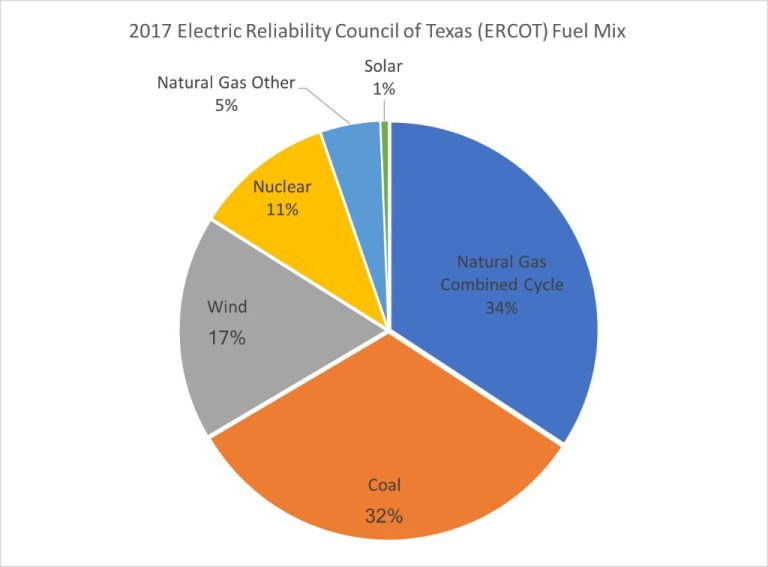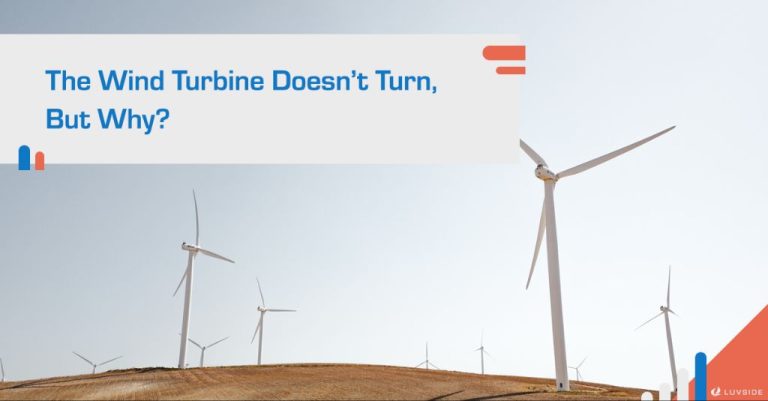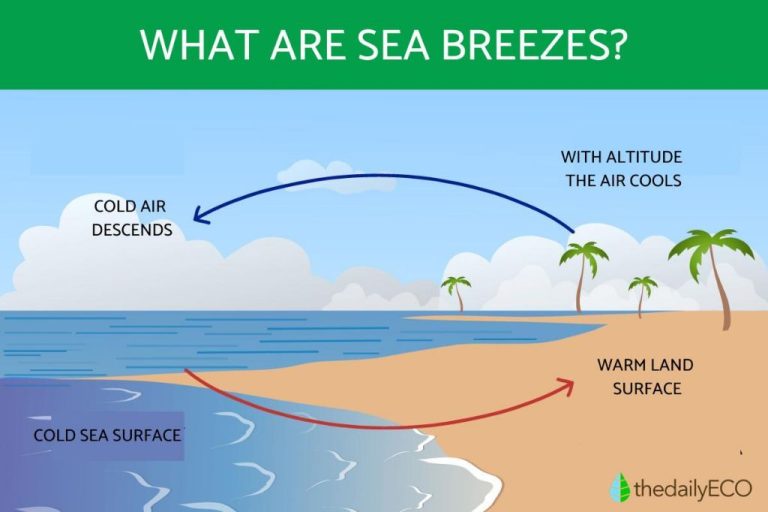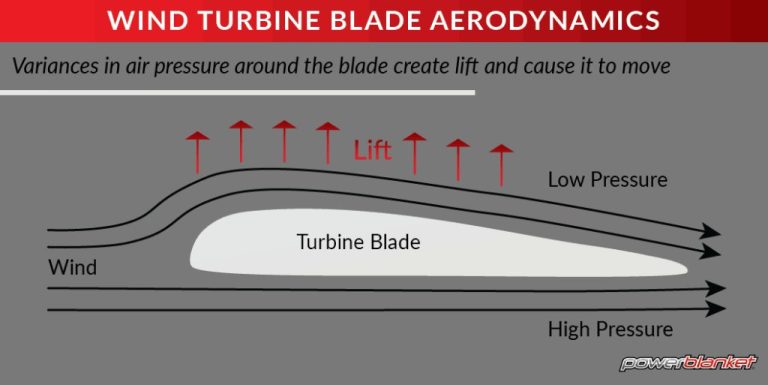Can A Wind Turbine Power A Whole House?
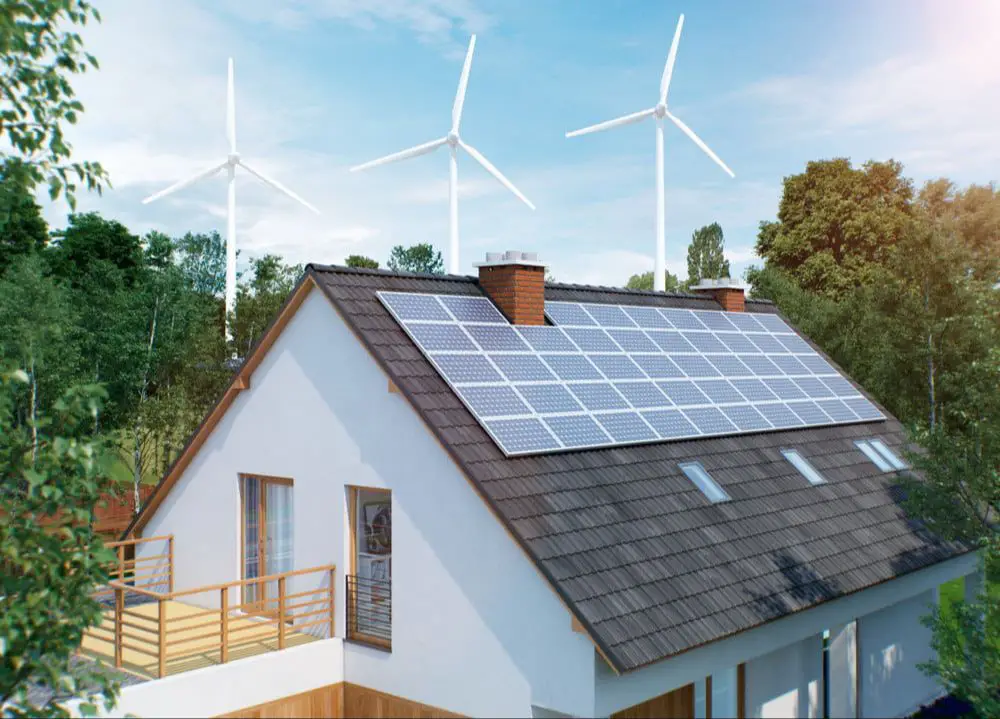
Wind turbines convert the kinetic energy of wind into electrical energy through the use of turbine blades that spin a generator. Small wind turbines designed for residential use have gained popularity as a means of supplementing or even fully powering a home with clean, renewable energy. But an important question is whether a single small wind turbine can realistically generate enough power to meet a household’s energy needs. This article will explore the factors that determine how much electricity a wind turbine can produce, calculations for estimating home power generation, whether turbines can fully power a typical home, and considerations like batteries and maintenance costs.
Average Household Energy Use
According to the U.S. Energy Information Administration (EIA), the average U.S. household consumes about 877 kilowatt-hours (kWh) of electricity per month[1]. This equates to about 10,500 kWh annually. However, electricity consumption can vary significantly based on several factors:
- Location – Households in hotter southern states tend to use more electricity for air conditioning in the summer, while those in colder northern states use more for heating in the winter.
- House size – Larger homes with more square footage naturally require more electricity.
- Number of residents – Households with more people will consume more electricity.
- Appliances and electronics – The types and quantity of appliances, lighting, electronics, and other devices impact energy use.
- Efficiency – More energy efficient appliances, lighting, and HVAC systems reduce electricity consumption.
According to EIA data, the average monthly electricity consumption by state ranges from about 500 kWh in Maine to over 1,300 kWh in Louisiana. In general, air conditioning and space cooling account for the largest share of household electricity use. However, newer homes built to modern energy codes tend to be significantly more efficient than older homes.[2]
Factors That Impact Wind Turbine Power
There are several key factors that determine how much power a wind turbine can generate:
Wind Speed – The power output of a wind turbine is directly proportional to the cube of the wind speed. This means that even small increases in wind speed can result in large increases in power. Most small wind turbines for homes require average wind speeds of at least 9-12 mph to generate enough energy.
Turbine Size – The larger the rotor blades and swept area, the more power a turbine can harness from the wind. Large commercial turbines can have rotor diameters over 400 feet, while home turbines are typically between 10-40 feet. Bigger blades capture more kinetic energy.
Tower Height – Wind speeds increase with height above the ground due to less drag and fewer obstacles. A turbine on a taller tower can access faster, less turbulent winds, greatly increasing power output. Most small turbines need a tower height of at least 30 feet.
Other Factors – The generator, gearbox, blade pitch, and other components also impact the efficiency and power conversion of a wind turbine. The location’s wind resource and obstructions like buildings and trees also determine how much energy a turbine can practically generate.
Understanding these key factors helps estimate the potential power output of a wind turbine for a location. This determines if a turbine can realistically meet a household’s electricity needs. Proper turbine sizing and siting are critical to generating enough wind energy.
Small Wind Turbines for Homes
Small wind turbines designed for residential use typically range in power output from 400 watts to 10 kilowatts (kW). The smallest units can power some house appliances while larger models around 1.5-3 kW are more suitable for offsetting a substantial portion of an average home’s electricity usage (WINDExchange: Small Wind Guidebook).
According to the Department of Energy, most residential wind turbine owners have models in the 2-10 kW range. The most popular small wind turbines for homes produce around 2-5 kW. This allows them to provide for a significant share of a household’s electricity demand (The best home wind turbines of 2023).
In terms of costs, small residential wind turbines typically range from $3,000-$10,000 or more depending on the power output. DIY kits can be cheaper. Installation costs are additional, often in the range of $10,000-$20,000+ for a complete small wind turbine system. Ongoing maintenance costs average $100-$500 per year.
Calculating Turbine Energy Production
Estimating the actual annual energy production of a wind turbine requires analyzing the wind resource and turbine power curve for a specific location. The basic formula is:
Annual Energy Production (kWh) = Turbine Power Curve (kW) x Annual Average Wind Speed (m/s) x Hours per year
For example, a 10 kW turbine with an average wind speed of 5 m/s would produce approximately 43,800 kWh per year:
10 kW x 5 m/s x 8760 hours/year = 43,800 kWh/year
The power curve shows the relationship between wind speed and power output. Turbine manufacturers provide power curves based on ideal conditions. But real-world factors like turbulence and blade wear reduce output. Capacity factors estimate real-world production – often around 25% of a turbine’s full rated capacity. So in the example above, estimating a 25% capacity factor would adjust the production to about 10,950 kWh/year.
Detailed wind resource assessments use historical weather data for the specific site to estimate average wind speeds and energy production. Online wind maps can provide general estimates, but on-site measurements provide greater accuracy.
When estimating home wind turbine production, average wind speeds, turbine capacity, tower height, and capacity factors specific to the location need to be taken into account. With this data, annual energy production can be reasonably calculated. More complex modeling accounts for additional factors, but the basic power curve method provides a good starting estimate.
Sources:
https://scholarworks.uark.edu/cgi/viewcontent.cgi?article=1070&context=meeguht
https://www.iiis.org/CDs2011/CD2011SCI/MMMSE_2011/PapersPdf/NB639UG.pdf
Pairing Turbines with Batteries/Grid
Wind turbines produce intermittent power that fluctuates based on wind availability. Pairing turbines with battery storage systems helps capture excess power for later use when the wind is low. Batteries also provide backup power if the grid goes down. Popular battery options include lead-acid, lithium-ion, and flow batteries 1.
Many homeowners with wind turbines also maintain a connection to the utility grid. The grid acts as a limitless battery, allowing excess turbine power to be sold back to the utility through net metering. When wind conditions are low, the household can draw supplemental power from the grid. This hybrid wind/grid approach provides maximum reliability and stability 2.
Properly sized battery banks and grid connections help smooth out wind power delivery for steady home electricity. Any excess wind energy can also potentially be sold back to the grid for additional cost savings or income.
Home Wind Turbine Installation
Installing a wind turbine to power a home is a major project that requires careful planning, permitting, and hiring professional installers. Here’s an overview of what’s involved in the installation process:
Permitting and Zoning
Most areas require permits to install residential wind turbines. The permitting process involves submitting an application along with detailed information about the turbine model, tower height, location on the property, and electrical connections. Local zoning laws may restrict tower heights or require setbacks from property lines. Proper permitting is crucial to ensure your system meets all legal requirements.
Siting
Choosing the optimal site for your wind turbine tower is key. It should be on the windiest side of your property and have consistent, turbulence-free wind flow. Consider prevailing wind direction, obstructions like trees or buildings, and allow for future obstructions like new construction. Professional site assessment is recommended.
Tower Requirements
The turbine tower must meet engineering requirements for stability and safety at the designed height. Factors include soil conditions, wind load, and tower materials. Most residential towers are freestanding monopoles up to 120 feet tall, made from tubular steel, concrete, or guyed lattice. Towers represent a significant portion of installation costs.
Installation Costs
A complete small wind turbine system for a home costs $15,000 to $50,000 installed. This includes the turbine itself, tower/foundation, balance of system parts like controllers and inverters, batteries if desired, as well as permitting, shipping, installation labor, and any electrical work for grid connections. It’s complex and best left to experienced renewable energy professionals.
Maintenance and Longevity
Wind turbines require regular maintenance to ensure optimal performance and maximize lifespan. Routine maintenance activities include inspecting components and systems to identify wear or damage, lubricating parts, replacing filters, tightening bolts, cleaning blades, and testing brakes and electrical components (National Renewable Energy Laboratory, 2022).
The lifespan of a wind turbine is typically 20-25 years (U.S. Department of Energy, 2022). With proper maintenance, some turbines operate well beyond 30 years (DOE, 2022). Factors impacting lifespan include the quality of components, frequency of maintenance, weather and environmental conditions (severe storms, lightning strikes, icing), and intensity of use (DOE, 2022). Manufacturers provide maintenance manuals outlining schedules and procedures.
Major service is recommended every 5 years. This may involve replacing drive train elements and other core components. Blade maintenance every 5-10 years can maximize energy production. Technicians use rope access techniques for tasks like blade inspection and repair (DOE, 2022).
Ongoing upkeep is key for protecting investments in wind turbines and harnessing wind over the system’s full lifetime. Proper maintenance helps minimize costly unplanned repairs and down time.
Financial Feasibility
Analyzing whether wind turbines can pay for themselves over time requires looking at upfront costs versus long-term energy savings. According to research, the cost of purchasing and installing a small residential wind turbine ranges from $15,000 to $55,000 (source). The turbine size, placement, permitting fees and labor all impact the total costs.
To determine the payback period, you’ll need to estimate the turbine’s annual energy production based on the average wind speeds in your area. Smaller turbines may generate anywhere from 400 kWh to 10,000 kWh per year. At an average electricity rate of 10-15 cents/kWh, that’s $40-$1,500 in annual savings (source). With high initial costs, payback can take 10-20 years.
The payback period can be accelerated through tax credits and other incentives. For example, homeowners may qualify for a federal tax credit covering 30% of the installation costs. Some utilities also offer production incentives for on-site renewable generation. Overall the financial return depends heavily on policy support and sufficient wind resources.
Conclusion
In summary, relying on a single small wind turbine to fully power the typical home is often not realistic or cost-effective. The average home uses approximately 30 kWh of electricity per day, and a small turbine in a low-to-medium wind resource location will likely only generate 5-15 kWh per day. Power production depends heavily on average wind speeds, tower height, rotor size, and other siting factors. Isolating the turbine system with battery storage can allow excess generation to be stored for high demand times, but adds significant costs. Tying into the electric grid allows excess power to be sold back to the utility, though the home still relies partially on grid electricity. While wind turbines provide clean energy and can offset a portion of a household’s consumption, most homes cannot be fully sustained on turbine output alone unless significant efficiency measures are also implemented. The feasibility depends largely on location, system sizing, costs, and grid integration options. However, home wind turbines do provide valuable environmental and energy benefits with proper planning and expectations.

